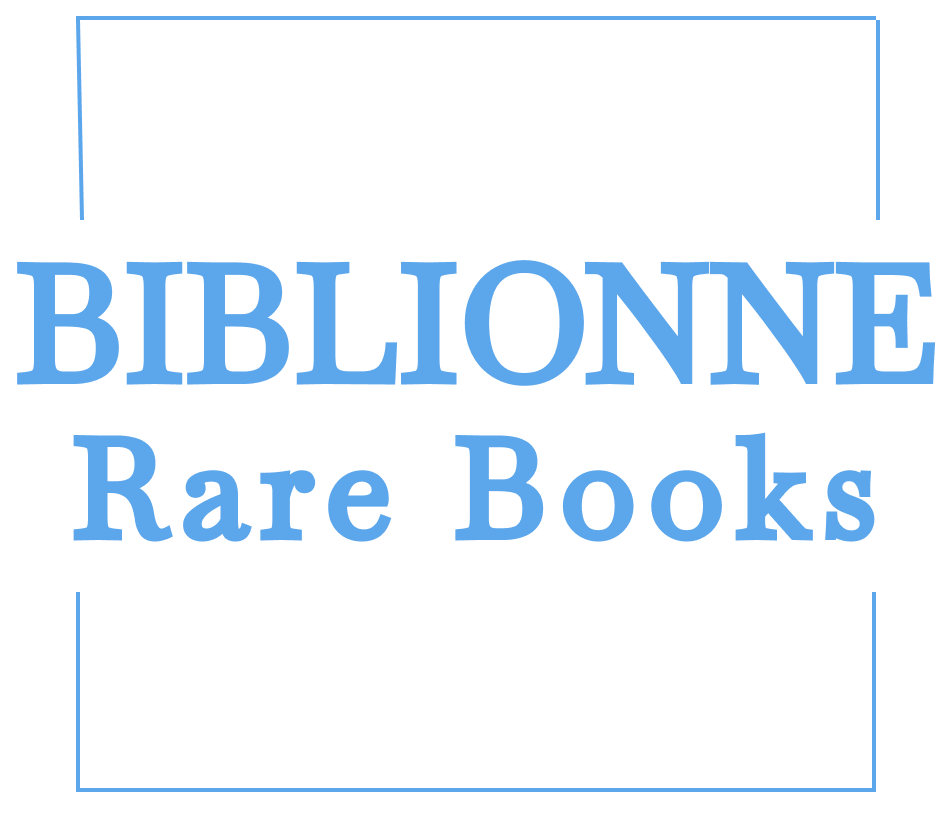Under the Twinkling Great Bear: A Collection of Drawings of Internment in Siberia.
Under the Twinkling Great Bear: A Collection of Drawings of Internment in Siberia.
Couldn't load pickup availability
[Under the Twinkling Great Bear: A Collection of Drawings of Internment in Siberia]. きらめく北斗星の下に: シベリア抑留画集.
In Japanese. Short foreword in English.
[Slipcase illustrated with artwork by Yasuo Kazuki].
[Tokyo], シベリア 抑留画集出版委員会 , 1989.
4to, 229, [3] pp., ill.
In original dark blue cloth with silver staples to front board and original pictorial slipcase. With the errata sheet inserted.
In good condition, lightly bumped to slipcase spine, light curling to upper corner of first pages.
In September 1945, despite the Potsdam Declaration stating that Japanese military forces should be disarmed and allowed to return home, approximately 575 000 disarmed Japanese soldiers, who found themselves under Soviet control in areas such as Manchuria, northern Korea, Sakhalin, and the Kuriles, were instead sent to labor camps in Siberia. Around 55 000 of them perished due to the extreme conditions. For the most unfortunate, it took up to 11 years to return to Japan. Sadly, even after their return, they received little support from the government, and this chapter of Japanese history only gained wider recognition in the 1980s.
Remarkably, many Japanese artists - both professional and amateur - were among the prisoners in Siberia. They were unexpectedly allowed to draw and were occasionally commissioned by camp authorities for propaganda purposes. This artistic activity resulted in a unique visual record of life in the Soviet labor camps, a world largely unknown to the general public. Perhaps the only comparable works is 'Drawings from the Gulag' (1993) by Danzig Baldaev, which offers a different perspective, as it was created by a prison guard rather than a victim.
This album, published in conjunction with a 10-day exhibition in Shinjuku (Tokyo) in 1988 - the first of its kind - showcases the artwork of 46 artists, both renowned and obscure. These include Kazuki Yasuo (香月泰男; 1911-1974), Satō Chūryō (佐藤 忠良; 1912-2011), Yokoyama Misao (横山 操; 1920-1973), Onosato Toshinobu (オノサト・トシノブ; 1912-1986), and Kiuchi Nobuo (木内信夫; 1923-2021), among others. The artworks are accompanied by the artists' memories of internment, brief biographies, exhibition histories, and maps of various camps.
It is believed that the artists were not permitted to bring their works back to Japan after their release, but the album includes watercolors created during their internment by Murata Seizo (村田 精三), Furuta Takuzo (古田卓造), and Satō Takeo (佐藤 健雄).
Additionally, it features photographs of a wooden Buddha statue from Yelabuga camp (1947) and a violin crafted by one of the prisoners (1946).
OCLC locates five copies of this edition outside Japan: in the UC Berkeley Library, the University of Michigan Library, the Ohio University Library, the Library of Congress and the National Library of Australia.














